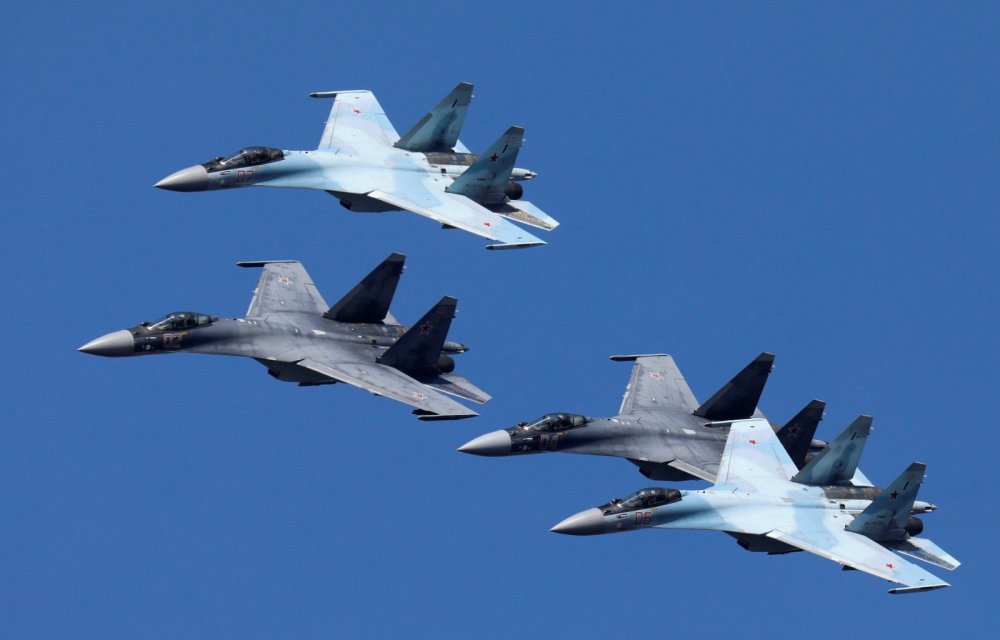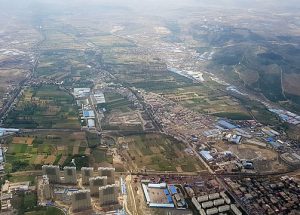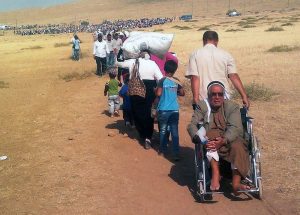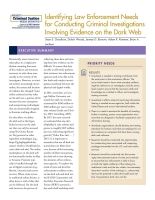Selected by J. Hoberman
Satyajit Ray is synonymous with South Asian art cinema. “Poetry and Partition: The Films of Ritwik Ghatak” showcases the other great Bengali filmmaker with digital restorations of his eight feature films. Two are masterpieces: The Cloud-Capped Star (1960), the heartbreaking story of a young woman’s sacrifice for her refugee family, and the ineffably wacky The Pathetic Fallacy, aka Ajantrik (1958), which recounts the bond between a cab driver and his vehicle. The others are uneven but everything this beleaguered artist made is of interest. Film at Lincoln Center, November 1–6.
A work of epic melancholy, The Irishman is Martin Scorsese’s strongest movie in decades—a career-capping three-and-a-half-hour gangster yarn that rhymes thematically with his 1990 Goodfellas. Robert De Niro and Joe Pesci bring intimations of mortality (as well as their entire history with Scorsese) to the table. Al Pacino, making his first movie with the director, is freer to act out. The heart of the movie, he imbues the character of teamster boss Jimmy Hoffa with a predictably high-decibel level of unpredictability. IFC Center, opening November 1.











/arc-anglerfish-arc2-prod-mco.s3.amazonaws.com/public/JYLJGKH45RFZZA3MUMKQPNU2EA.jpg)

